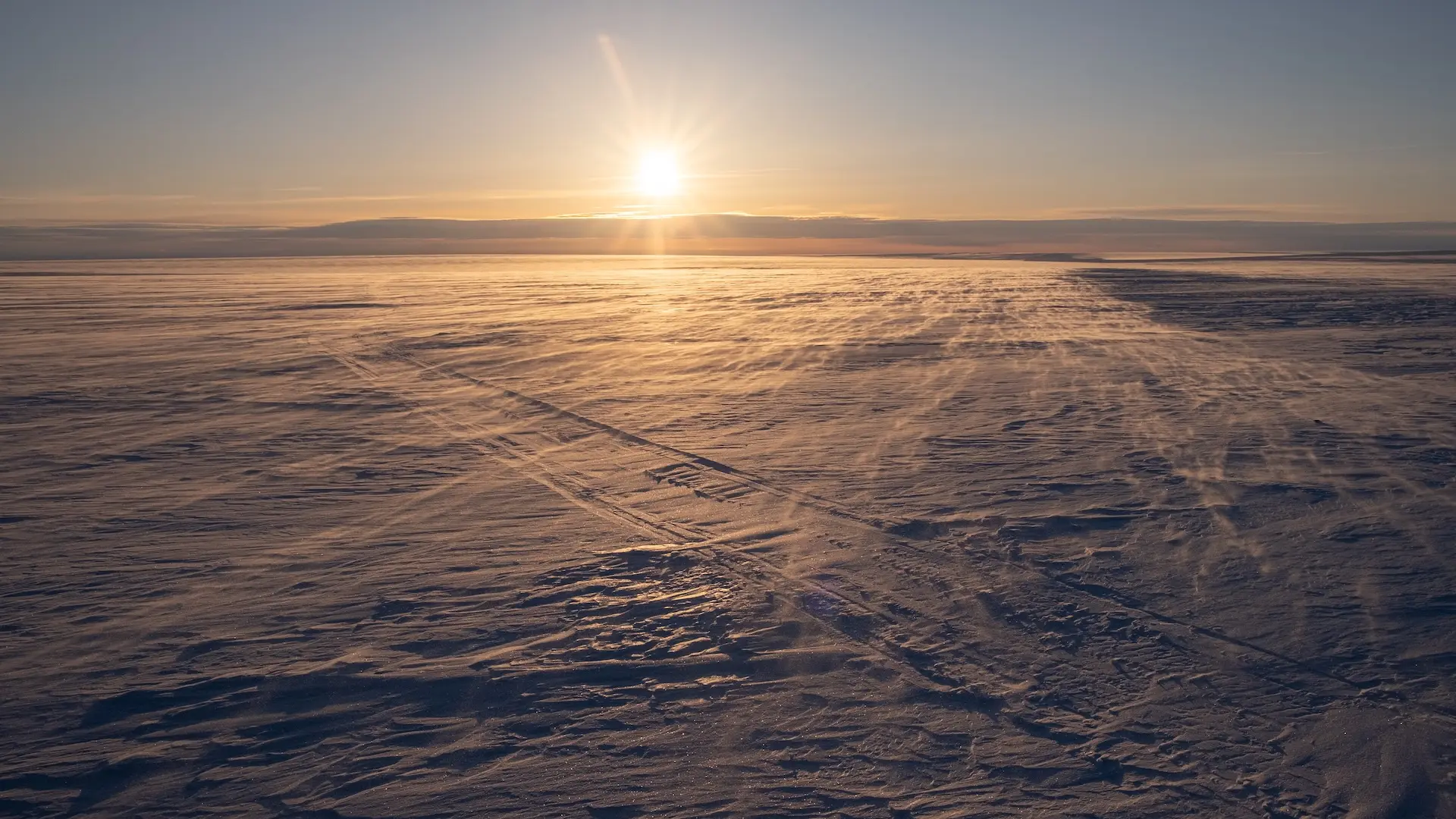July 30, 2025
Measuring Ice Dynamics at High Elevations of the Greenland Ice Sheet
Posted by Andrew Tedstone

Introduction
In spring 2025, we deployed 12 Cryologger Glacier Velocity Trackers (GVTs) during a 3-week field deployment in the high ablation zone and lower accumulation zone of the western Greenland Ice Sheet. Our study area spans an elevation range of 1,400 to 2,000 m asl, with instruments deployed over an area of more than 2,000 sq km. The deployments are part of research program funded (https://data.snf.ch/grants/grant/218095) by the Swiss National Science Foundation and based at the University of Lausanne, Switzerland, led by Prof. Andrew Tedstone, Dr. Tamara Gerber and Christoph Posch of the Ice Sheet Processes group (www.unil.ch/isp).
🏔️ Why High Elevations?
The shrinkage of the Greenland Ice Sheet is a major source of global sea level rise. However, 21st century ice sheet mass losses under climate change are uncertain. A critical gap in our understanding is the hydrological and ice-dynamic behaviour at higher elevations of the ice sheet. In recent years substantial surface melting has been observed at higher elevations. This raises the question: is the dynamic stability of higher elevations sensitive to surface meltwater?
🛠️ About the Deployments


The installations are designed to resolve horizontal and vertical motion at sub-daily timescales, mounted on aluminium poles which are drilled into the ice. We will maintain the systems and download data in spring 2026, after they've captured a full year of data, then maintain them for at least a further year through to spring 2027. Field data from these systems will be used to:
- Quantify variability in summer and winter ice flow speeds
- Infer subglacial meltwater flow
- Validate satellite-derived datasets of ice flow velocity, derived from both optical feature tracking and new radar missions such as NISAR.
As well as our GVTs we have also installed hydrological and radar instruments to track supraglacial and englacial hydrological evolution.
🛰️ The Role of Cryologger

The Cryologger GVT critically enables us to make year-round, continuous measurements of ice dynamics at multiple locations towards the ice sheet's interior. GVTs make this possible: a compact system design allowed us to transport many systems on a single snowmobile sled; with ultra-low power consumption we can continue collecting data through winter relying on a moderately-sized 50 Ah battery, which isn't possible with power-hungry commercial receivers; and a highly attractive system build price allows us to build a much denser network of receivers than if we relied on commercial systems.
For our work it's essential that we can process the measurements kinematically to resolve 3-dimensional motion at sub-daily timescales. The multi-frequency u-blox GNSS module used by the GVT captures all the data we need for this type of processing.
📷 Photo credits: Andrew Tedstone, Tamara Gerber, Christoph Posch